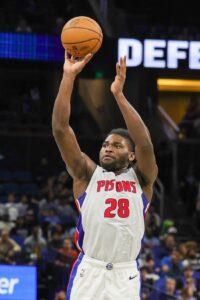Commissioner Adam Silver defended the NBA’s 65-game requirement for players to qualify for postseason awards and All-NBA honors at his annual All-Star Weekend press conference, writes Joe Vardon of The Athletic. The new minimum was enacted to reduce the number of games missed by marquee players, and Silver is happy with the effect it’s had on the league.
“I’m not ready to say it isn’t working so far,” he said. “I can tell you that the number of games that players have participated in is up this season and interestingly enough, injuries are actually down. Whether that’s meaningful data yet, I don’t know. I think the right time to take a further look at this rule is at the end of the season when we sort of at least have a year under our belt.”
Vardon cites Sixers center Joel Embiid as an example of a player who was affected by the 65-game standard. A series of nagging injuries made Embiid unlikely to be eligible to repeat as MVP, even before he underwent surgery for a meniscus tear. Vardon also points to Pacers guard Tyrese Haliburton, who is trying to stay on the court while battling hamstring issues so he can make an All-NBA team and be eligible for a larger contract extension.
Silver stated that the players union agreed to the 65-game requirement with the understanding that “we needed to incentivize players, particularly star players, to play more games.” Vardon notes that 16 of the league’s top 20 scorers and 35 of the top 50 have played at least 45 games by the break, which is up sharply from last season.
There’s more from Silver’s press conference, all from Vardon:
- The commissioner addressed the explosion of offense this season as the league average of 115.6 points per game per team is at its highest level in 54 years. Silver believes the increased scoring is a result of the high-level talent throughout the NBA and isn’t something that the league should be trying to control. “I want to dispel any notion that the league feels, or the league office necessarily feels that high-scoring games in the abstract are good,” Silver said. “I think what we want are competitive games. … The skill level is off the charts. Every player at every position has to be able to shoot the ball. … You’re seeing this global pool of talent coming into the league (with) some of the best athletes in the world who can frankly shoot the lights out. I think that’s partly what’s responsible for the increased scoring.”
- Silver said the league is “in the process of reassessing” the G League Ignite, which was created to appeal to young players looking for an alternative to college. Silver acknowledged that NIL incentives have made the NCAA more lucrative for athletes and reduced the appeal of the Ignite.
- The NBA is encouraging changes to the development system for American players, with Silver noting that 30% of the league was born somewhere other than the U.S. “It’s clear that the development is very different in many of those programs outside of the United States, more focused on practice and less focused on games, which seems to be the opposite of many of the youth programs in the United States,” Silver said. “We’ve begun discussions with the NCAA. … There’s no question (top American players) are coming into the league incredibly skilled, but that doesn’t necessarily translate into being team basketball players.”
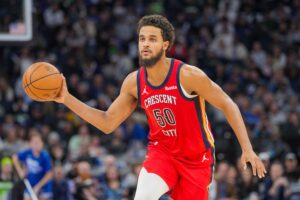 FEBRUARY 16: The Pelicans plan to promote forward/center
FEBRUARY 16: The Pelicans plan to promote forward/center 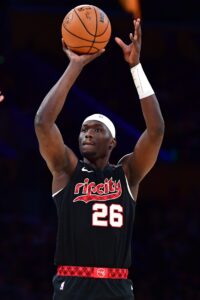 1:50pm: The Trail Blazers are promoting
1:50pm: The Trail Blazers are promoting 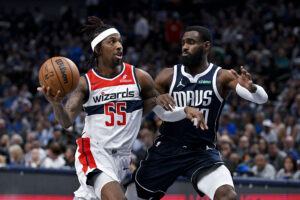 2:08pm: Veteran guard
2:08pm: Veteran guard 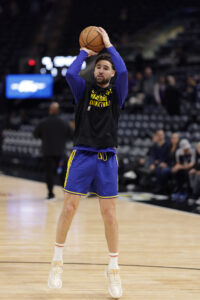 As
As 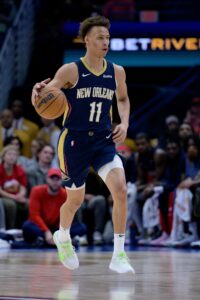 Daniels has been a rotation regular for New Orleans in his second NBA season, averaging 5.5 points, 3.7 rebounds, 2.6 assists and 1.4 steals in 52 games, including 15 starts (21.9 minutes). He posted a .438/.291/.640 shooting line in those contests.
Daniels has been a rotation regular for New Orleans in his second NBA season, averaging 5.5 points, 3.7 rebounds, 2.6 assists and 1.4 steals in 52 games, including 15 starts (21.9 minutes). He posted a .438/.291/.640 shooting line in those contests.